Professorship In Fine Arts: Exploring Spatial Concepts
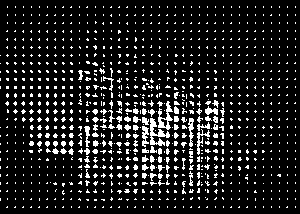
Table of Contents
The Evolving Landscape of Spatial Concepts in Fine Arts
Our understanding of space in art has dramatically shifted throughout history. From the Renaissance's perspective-based representations to the fragmented spaces of Cubism and the surreal, dreamlike environments of Dali, the very definition of "space" within artistic practice has been consistently challenged and redefined.
-
Historical evolution of spatial representation in art: Early art often prioritized symbolic representation over realistic spatial depiction. The Renaissance saw the rise of linear perspective, creating an illusion of depth and three-dimensionality. Later movements rejected this, exploring alternative ways to represent space.
-
Influence of technological advancements on spatial concepts: The advent of photography, film, and now virtual and augmented reality (VR/AR) has fundamentally altered how artists perceive and manipulate space. Digital tools allow for the creation of immersive and interactive experiences that defy traditional spatial limitations.
-
The role of different art movements in challenging traditional spatial notions: Cubism shattered traditional perspective, presenting multiple viewpoints simultaneously. Surrealism explored the subconscious and dream spaces, while Minimalism emphasized the physical properties of the space itself. Land art expanded the definition of space beyond the confines of the gallery.
-
Examples of artists who innovatively utilize space in their works: Artists like Olafur Eliasson, with his immersive installations that engage the viewer's physical experience of space, or Yayoi Kusama, whose Infinity Mirror Rooms distort and expand our perception of boundaries, exemplify the innovative use of space in contemporary art.
Pedagogical Approaches to Teaching Spatial Concepts
Effectively teaching spatial concepts requires a multifaceted approach that blends theory and practice. A successful Professorship in Fine Arts focusing on spatial concepts should incorporate a variety of pedagogical strategies:
-
Studio-based exercises focusing on spatial perception and manipulation: Hands-on activities, such as creating site-specific installations, experimenting with perspective drawing, and building three-dimensional models, allow students to directly engage with spatial ideas.
-
Theoretical discussions incorporating relevant art history and critical theory: Lectures and seminars exploring the historical and philosophical underpinnings of spatial concepts in art provide crucial context. This includes engaging with the writings of influential theorists like Henri Lefebvre and Michel Foucault.
-
Integration of new technologies (VR, AR, 3D modeling) in the learning process: Utilizing cutting-edge technologies allows students to explore spatial concepts in dynamic and engaging ways. VR experiences can simulate immersive environments, while 3D modeling software allows for the creation of complex spatial forms.
-
Collaborative projects encouraging spatial exploration and critical dialogue: Group projects that require students to work together to solve spatial problems foster critical thinking and collaborative problem-solving.
-
Assessment methods that effectively evaluate students’ understanding of spatial concepts: Assessment should be varied, including written assignments, project presentations, and critical analysis of artworks, all evaluating the student's grasp of spatial concepts.
Research Opportunities in Spatial Concepts within Fine Arts
A Professorship in Fine Arts focused on spatial concepts offers numerous avenues for research. These can range from historical analyses to cutting-edge investigations of technological impact:
-
Investigating the impact of specific art movements on spatial understanding: Research could explore how specific historical periods and artistic movements redefined and challenged our understanding of space.
-
Exploring the relationship between spatial perception and cognitive processes: This involves investigating how our brains process and interpret spatial information and how this influences artistic creation and perception.
-
Analyzing the role of technology in shaping and expanding spatial expression: This could involve examining the impact of VR/AR, digital media, and other technologies on artistic practice and our understanding of space.
-
Studying the cultural and societal implications of spatial representations in art: Research might explore how spatial representations reflect and shape cultural values, social structures, and power dynamics.
-
Developing new methodologies for studying spatial concepts in art: This could involve creating new frameworks and tools for analyzing and interpreting spatial relationships in artistic works.
Securing Funding for Research on Spatial Concepts in Fine Arts
Securing funding is crucial for conducting impactful research. Successful grant applications require careful planning and execution:
-
Identifying relevant funding organizations and grant opportunities: Researching funding bodies that support art history, new media, and related fields is essential.
-
Crafting compelling research proposals: Clearly articulating the research question, methodology, and expected outcomes in a well-written proposal is key to success.
-
Building collaborations with other researchers and institutions: Collaborations broaden the scope of the research and strengthen the grant application.
-
Disseminating research findings through publications and presentations: Sharing research results through peer-reviewed publications and presentations at conferences enhances the impact and visibility of the work.
The Future of Professorship in Fine Arts: Exploring Spatial Concepts
The future of fine arts education hinges on a comprehensive understanding of spatial concepts. This article has highlighted the evolving landscape of spatial understanding in art, effective pedagogical approaches, and diverse research opportunities within a Professorship in Fine Arts focused on spatial exploration. By embracing new technologies and fostering critical dialogue, professors can equip students with the skills to navigate and innovate within this dynamic field. Begin your journey into the exciting world of spatial exploration by exploring further resources, attending relevant conferences, or engaging in research related to Professorship in Fine Arts: Exploring Spatial Concepts.

Featured Posts
-
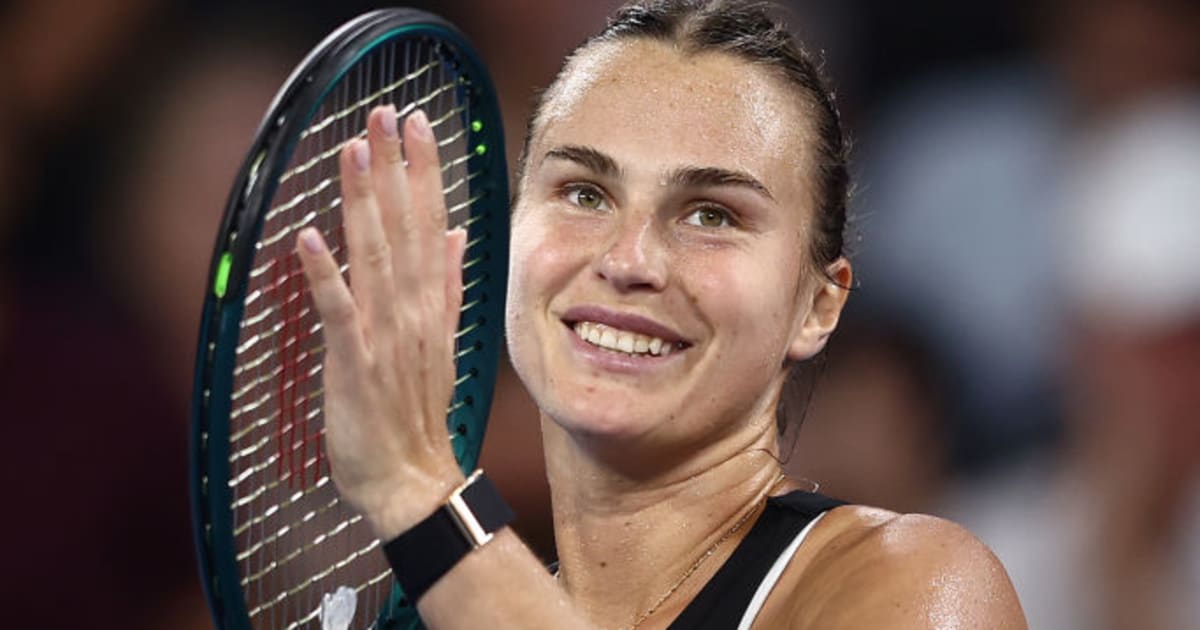 Aryna Sabalenka Wins Miami Open A Dominant Performance
May 13, 2025
Aryna Sabalenka Wins Miami Open A Dominant Performance
May 13, 2025 -
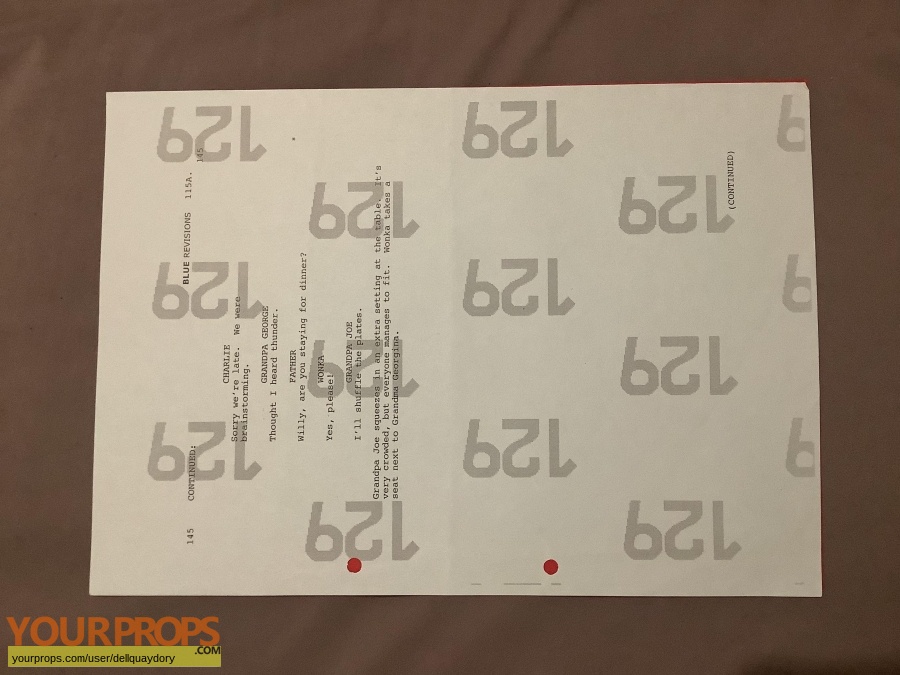 Beyonces Rigorous Script Approval Five Revisions Before Film Commitment
May 13, 2025
Beyonces Rigorous Script Approval Five Revisions Before Film Commitment
May 13, 2025 -
 Kelly Ripas Unforeseen Absence Mark Consuelos Thoughts On Live
May 13, 2025
Kelly Ripas Unforeseen Absence Mark Consuelos Thoughts On Live
May 13, 2025 -
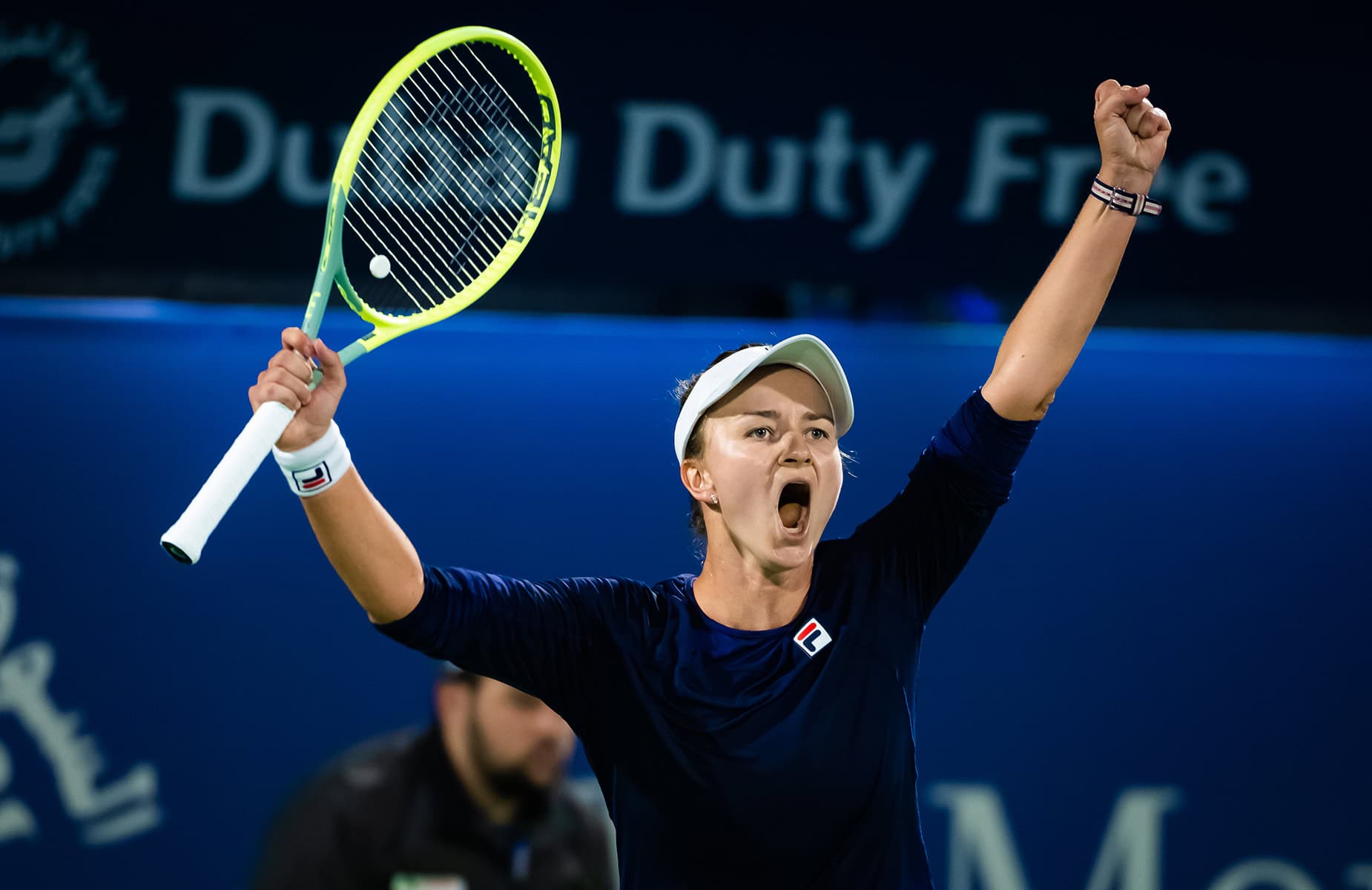 Sabalenka Defeats Pegula To Claim Miami Open Championship
May 13, 2025
Sabalenka Defeats Pegula To Claim Miami Open Championship
May 13, 2025 -
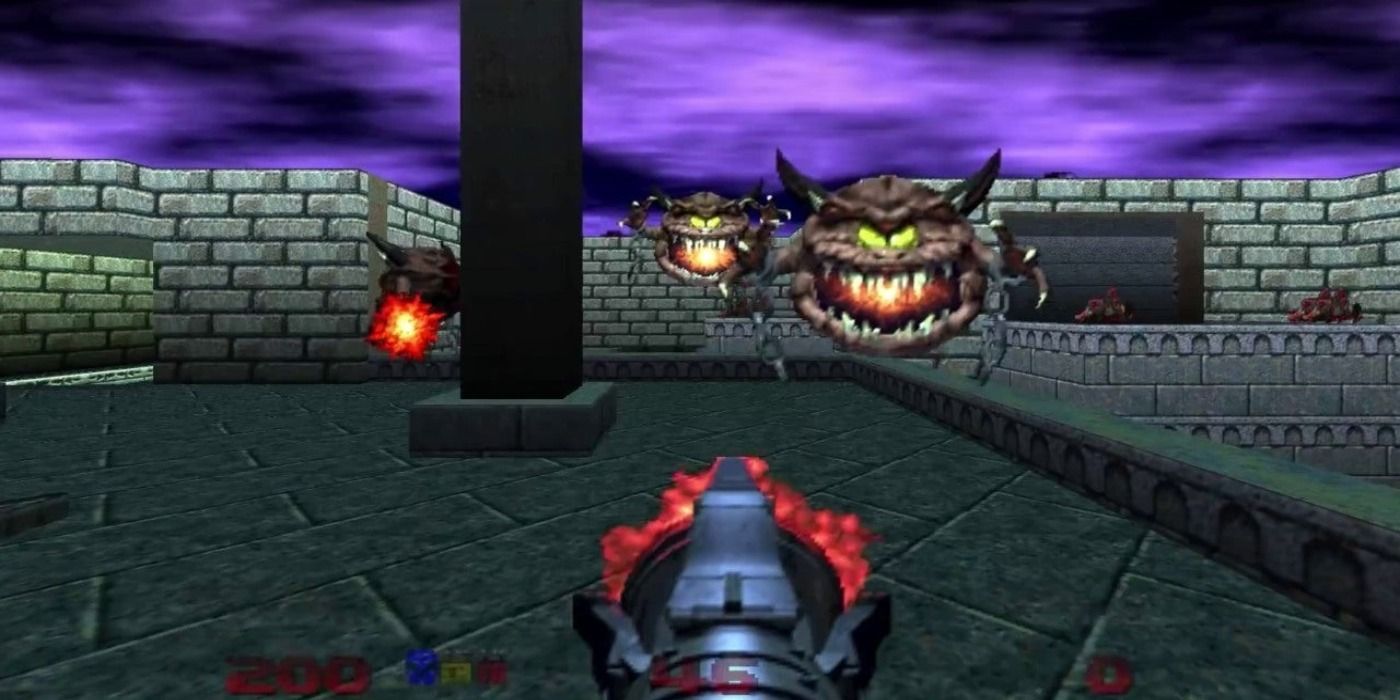 Playing Doom Games In Order A Chronological Walkthrough
May 13, 2025
Playing Doom Games In Order A Chronological Walkthrough
May 13, 2025
